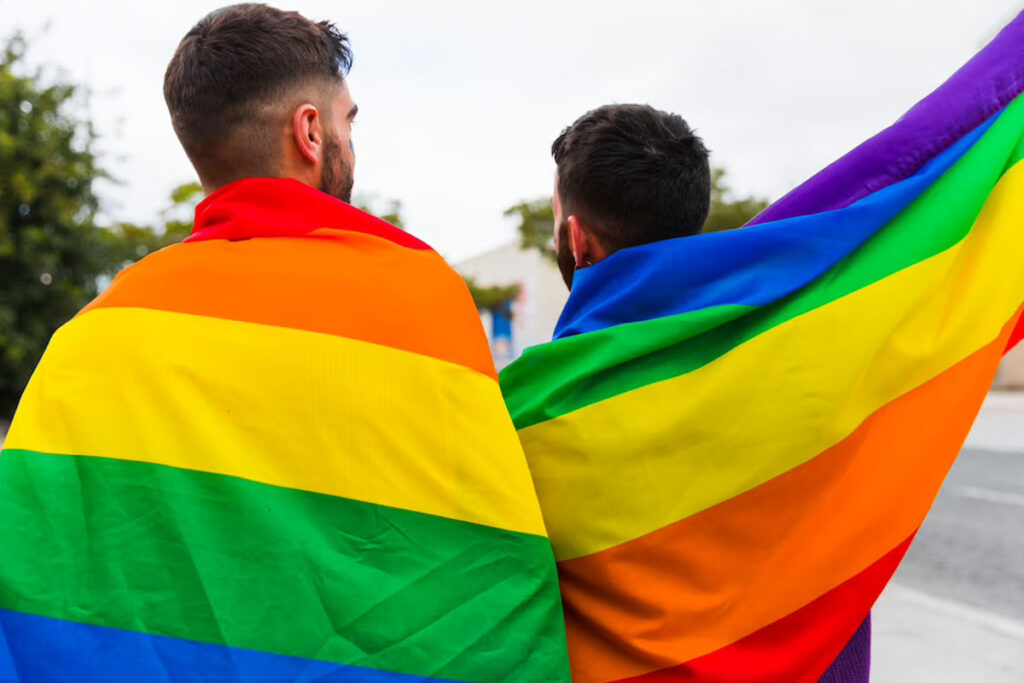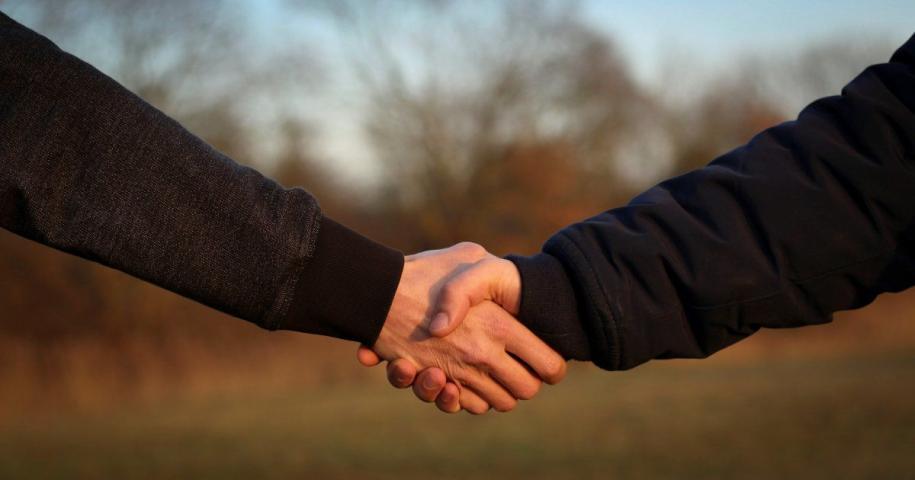Planning a gay Morocco tour? Get ready to explore a land full of amazing contrasts, from busy markets to peaceful deserts. Morocco’s big cities like Marrakech and Casablanca are becoming more open-minded, but knowing how to be discreet and modest can make your trip even better. This guide will help you understand local customs, connect with LGBTQ+ groups, and find gay-friendly places to stay. Wondering how to respect the culture while also being yourself? There’s a lot to learn about enjoying your Moroccan adventure.
First things first, let’s talk about those stunning markets! Known as souks, these markets are colorful, loud, and full of life. You can find anything from spices to beautiful lanterns. But remember, bargaining is a must! It’s all part of the fun.
When it comes to the deserts, they offer a totally different kind of magic. Imagine riding a camel across endless sand dunes or camping under a sky full of stars. It’s like stepping into a whole new world.
Now, let’s get to the important stuff. Morocco is making progress, but it’s still a good idea to be careful about public displays of affection. Holding hands or kissing in public might get you unwanted attention. It’s best to keep things low-key to avoid any trouble.
Looking for LGBTQ+ groups? Social media is your friend. You can find local events and meet-ups that will make you feel at home even when you’re far away. You might even make some new friends along the way!
Finding a place to stay is also super important. Some hotels and guesthouses are more welcoming than others. Look for places that are known to be gay-friendly. Reading reviews online can give you a good idea of what to expect.
So, how do you balance respecting the culture and being true to yourself? It’s all about blending in while still having fun. Dress modestly, be polite, and you’ll have a blast. Plus, a friendly smile goes a long way!
A gay Morocco tour can be an incredible experience. With a little preparation and an open mind, you’ll discover a country rich in history, culture, and adventure. Enjoy your trip!
LGBTQ+ Safety in Morocco

Traveling as an LGBTQ+ individual in Morocco requires some extra care, but it can still be a rewarding experience. Homosexuality is illegal in Morocco, and you could face up to three years in prison if caught. So, it’s important to be cautious. Public displays of affection are generally frowned upon for all couples, but especially for LGBTQ+ folks. In rural areas, the rules are even stricter, so it’s best to be discreet.
But don’t worry, it’s not all doom and gloom! Morocco’s big cities like Marrakech and Casablanca have more progressive vibes. Here, you can find LGBTQ+-friendly spaces and a more accepting community. Meeting local LGBTQ+ groups can give you helpful tips and support to navigate Moroccan society.
Knowing about LGBTQ+ rights and local customs will help you stay safe and respectful while traveling. With a mix of caution and curiosity, you can enjoy Morocco’s rich culture and stay safe. Connecting with local LGBTQ+ communities can make your trip even better and help you make meaningful connections in this diverse and beautiful country.
Navigating Moroccan Customs
Navigating Moroccan customs can be a bit tricky, especially for LGBTQ+ travelers, but it’s totally doable with a little preparation. Morocco is an Islamic country, so modesty is key. Think of it as a chance to dress like a stylish adventurer! Men should wear collared shirts or T-shirts with knee-length pants. Women, on the other hand, should go for loose-fitting, long clothing that covers their arms and legs. This is even more important during Ramadan when everyone is extra mindful of cultural sensitivities.
Public displays of affection are a no-go for all couples in Morocco. For LGBTQ+ travelers, being discreet is super important to avoid any trouble. When you greet someone, start with a friendly “Aalaam Alykum.” Same-sex friends might exchange air kisses, while men and women usually stick to a handshake. These little customs help you blend in and show respect for local traditions.
Don’t miss out on the food! Moroccan cuisine is delicious. Try tagines and couscous for a true taste of the region. And if you’re curious about the local LGBTQ+ community, there are ways to connect that can make your trip even more interesting. Just remember, respecting Morocco’s conservative values will help you have a safe and enjoyable journey. Plus, you get to enjoy the country’s rich culture and history without any hiccups.
Must-See Destinations
If you’re looking for amazing places to visit in Morocco, you’re in for a treat. This country is like a treasure chest full of history, culture, and natural beauty.
First up is Marrakech. This city is always buzzing with energy. Imagine walking through Jemaa el-Fnaa square, where you can watch street performers, try yummy food from stalls, and shop in traditional markets. The buildings are incredible too, like the Koutoubia Mosque and Bahia Palace. They look like something from a fairy tale!
Next on the list is Fes. Here, you’ll find the ancient Fes El Bali medina, which is so special that it’s a UNESCO World Heritage site. The narrow alleys are like a maze, full of old artisan workshops and souks where you can see Moroccan heritage up close.
Need a change of scene? Head to Chefchaouen, the “Blue City.” The streets here are all painted blue, making it feel like you’re walking through a dream. It’s super relaxing, and the views of the Rif Mountains are stunning. This place is perfect for taking it slow and snapping some great photos.
Last but not least, you can’t miss the Sahara Desert. The sand dunes are mind-blowing. You can ride a camel or take a 4×4 tour to explore. And if you stay overnight, you’ll get to see a sky full of stars like never before.
These must-see destinations in Morocco offer a mix of everything: awesome landscapes, rich culture, and a lot of fun.
Engaging With Local Communities
Navigating the complexities of engaging with local LGBTQ+ communities in Morocco requires both caution and cultural sensitivity. In Morocco, same-sex relationships are illegal, but there’s a growing push for change thanks to global conversations on LGBTQ+ rights. As a traveler, you’ll need to be careful, but you can still find meaningful connections.
Engaging with local LGBTQ+ communities can be rewarding if you know where to look. Organizations like Kif-Kif support LGBTQ+ rights and may offer resources and help, although they operate under significant risk. Discretion is key; many locals use limited dating apps, but be careful, as authorities might watch these apps for entrapment.
Social spaces offer another way to connect. Certain bars and clubs, although not officially recognized as LGBTQ+ venues, provide safe places for diverse crowds. However, always keep a low profile to make sure everyone stays safe.
Lastly, remember that connecting with local LGBTQ+ individuals means understanding their experiences in a society where they face legal and social challenges. Your travel can help foster personal growth, solidarity, and mutual respect in this complex cultural landscape.
Gay-Friendly Accommodations in Fes and Marrakech
Exploring gay-friendly accommodations in Fes and Marrakech is a fun way to dive into Morocco’s rich culture while feeling welcomed and safe. Marrakech is known as Morocco’s most gay-friendly city, offering plenty of places to stay that cater to LGBTQ+ travelers. Whether you opt for a luxurious riad or a cozy boutique hotel, you’ll find an inclusive atmosphere where you can relax and be yourself. Plus, many of these spots give tips on local LGBTQ+ venues and cultural advice to make your trip even better.
In Fes, you’ll also find several gay-friendly riads and hotels that mix traditional Moroccan charm with modern comforts. These places focus on privacy and discretion, offering amenities like private rooms and breakfast, so you can enjoy your stay without worrying about safety. Many are located near LGBTQ+ friendly nightlife spots, making it easy to explore the social scene while staying secure.
Both cities’ accommodations emphasize understanding and respecting local customs. This means you can enjoy your trip while being mindful of societal norms. By choosing these welcoming places to stay, you’ll be able to fully engage with Morocco’s vibrant culture and historic beauty with confidence and freedom.
- LGBTQ friendly hotel in Fes: Riad Anata
- LGBTQ friendly hotel in Marrakech: Riad Dar Zaman


Leave a Reply